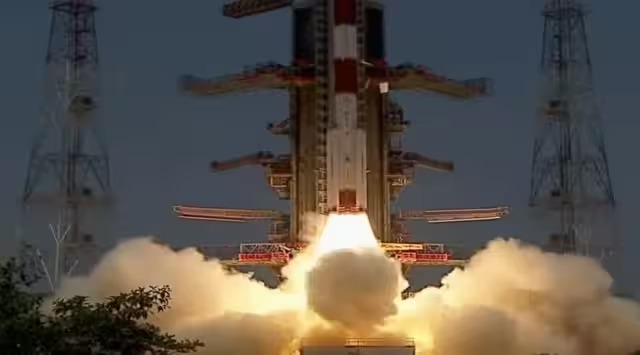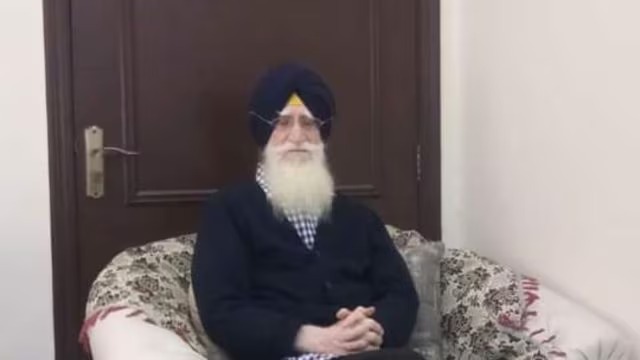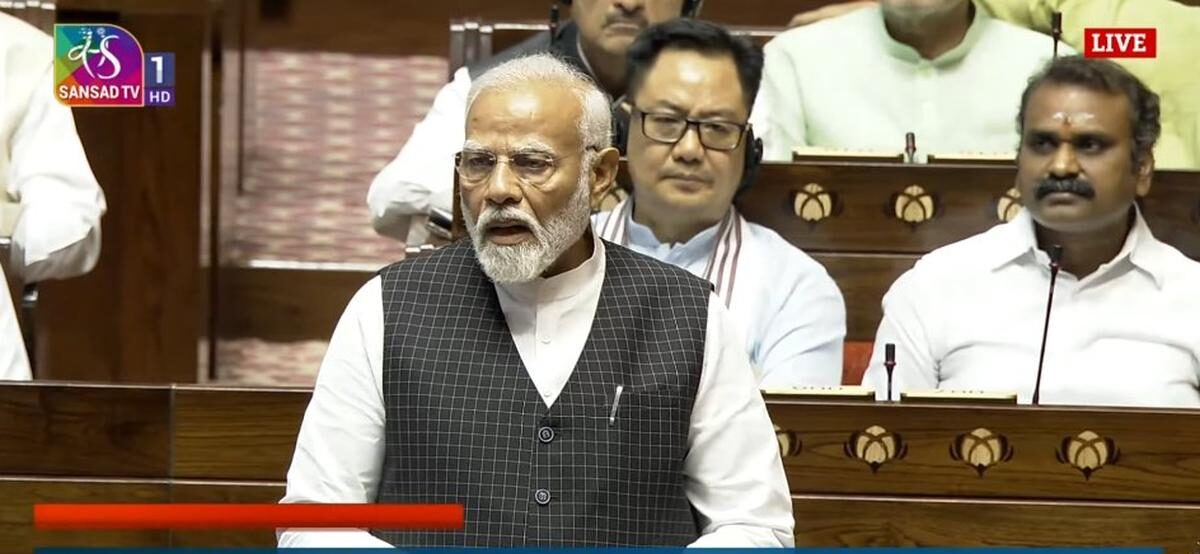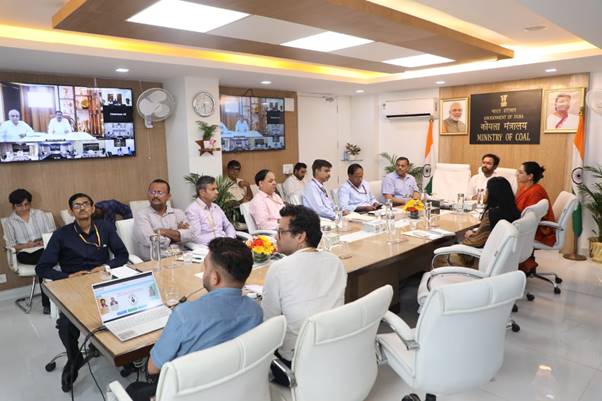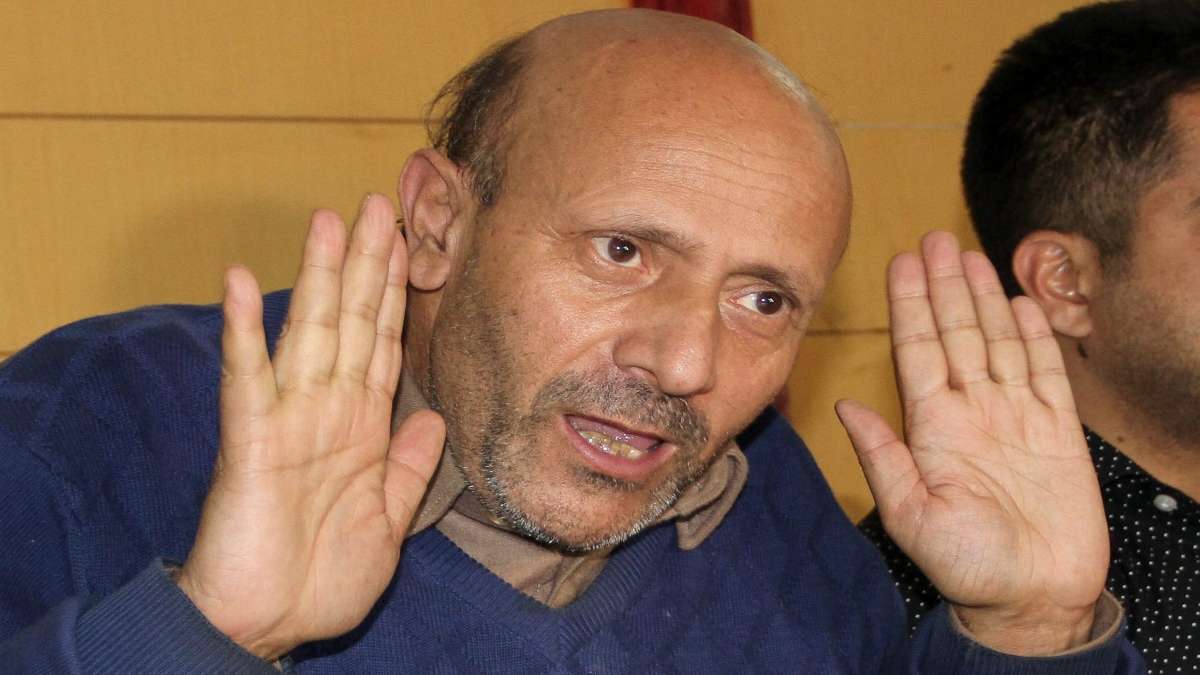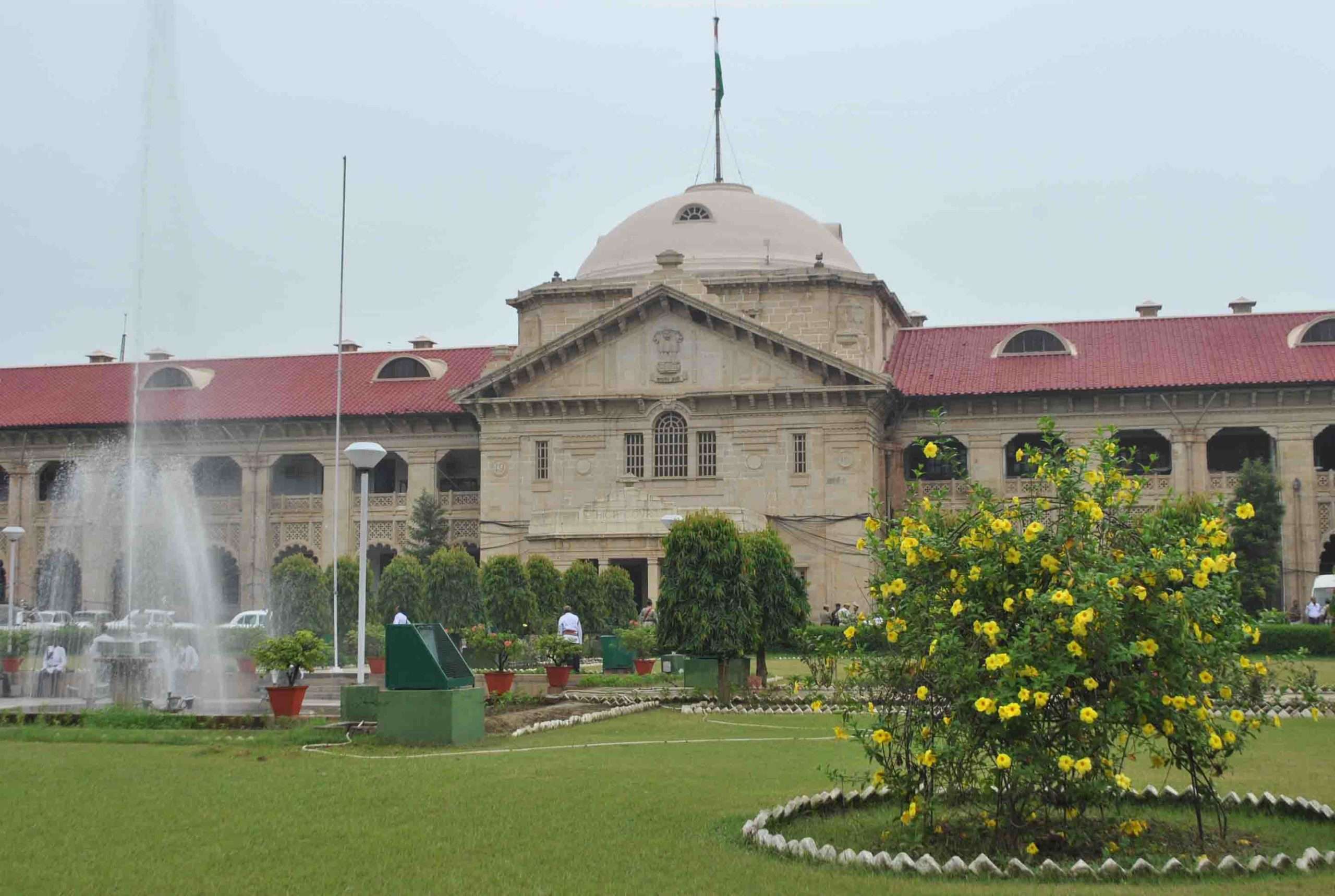The Indian Space Research Organisation (ISRO) on Saturday launched the Solar mission, Aditya-L1 from from the Satish Dhawan Space Center in Sriharikota. As the 23:40-hour countdown concluded, the 44.4-meter-tall Polar Satellite Launch Vehicle (PSLV) soared majestically at the prefixed time of 11:50 a.m.
“PSLV-C57/Aditya-L1 Mission: The launch of Aditya-L1 by PSLV-C57 is accomplished successfully. The vehicle has placed the satellite precisely into its intended orbit. India’s first solar observatory has begun its journey to the destination of Sun-Earth L1 point,” the ISRO posted on X.
“The Aditya L1 spacecraft has been injected in an elliptical orbit…which is intended very precisely by the PSLV. I want to congratulate the PSLV for such a different mission approach today to put Aditya L1 in the right orbit,” ISRO chairman S Somnath said after the launch.
Following the launch, Aditya-L1 will stay in earth-bound orbits for 16 days, during which it will undergo five manoeuvres to gain the necessary velocity for its journey.
According to ISRO, Aditya-L1 is the first space-based observatory to study the Sun. The spacecraft, after travelling about 1.5 million km from the Earth over 125 days, is expected to be placed in a Halo orbit around the Lagrangian point L1 which is considered closest to the Sun.
Among others, it will send pictures of the sun for scientific experiments. According to scientists, there are five Lagrangian points (or parking areas) between the Earth and the Sun where a small object tends to stay if put there. These points in space can be used by spacecraft to remain there with reduced fuel consumption.
The Aditya L1 mission is the 59th mission for PSLV and the 25th that uses the PSLV-XL configuration.


